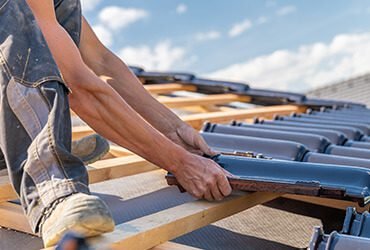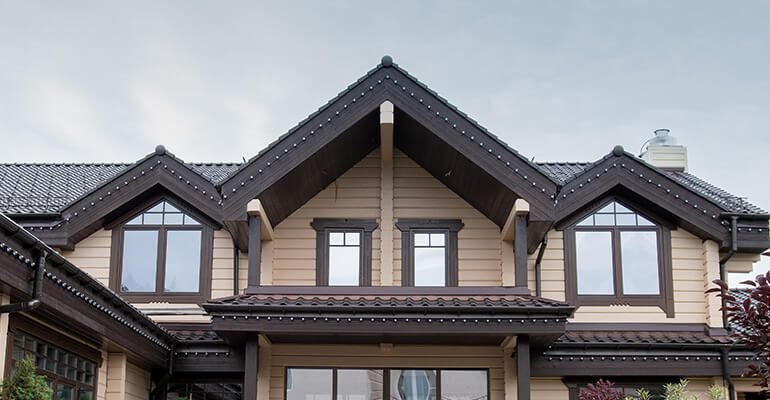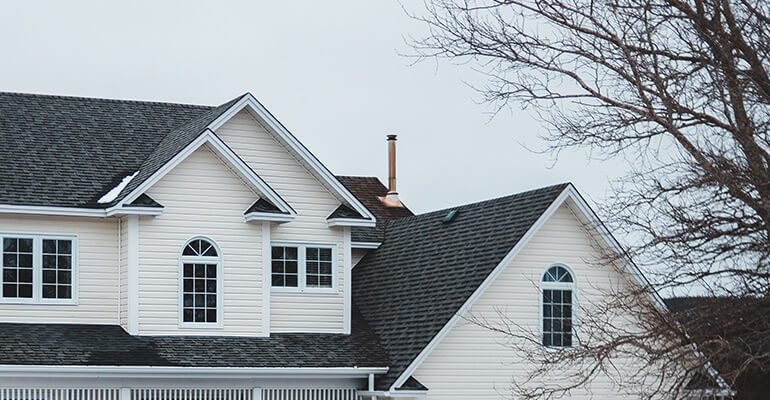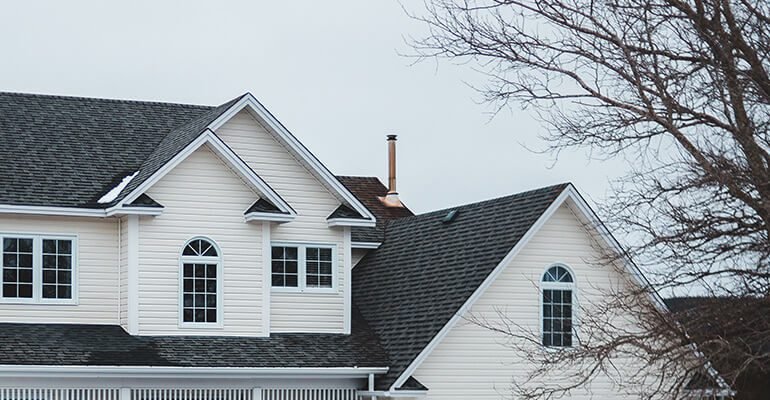Durable Roofing Solutions importance
Durable roofing solutions are an important consideration for any building owner or homeowner. A well designed and installed roof is essential for protecting the structure of the building and its occupants from the elements. In addition, a durable roof can also help to reduce energy costs, improve the overall value of the property, and save money in the long run by reducing the need for costly repairs or replacements.
There are several factors to consider when selecting a durable roofing solution. One important factor is the material used for the roof. Some materials, such as metal and slate, are known for their durability and can last for decades with proper maintenance. Other materials, such as asphalt shingles and rubber roofing, can also be durable options, depending on the specific product and installation method.
Poorly installed roofs are more likely to experience issues such as leaks, structural damage, and premature deterioration.
In addition to the material used, the design and installation of the roof are also critical to its durability. A poorly designed or installed roof is more likely to experience issues such as leaks, structural damage, or premature deterioration. Working with an experienced and reputable roofing contractor can help to ensure that your roof is designed and installed correctly, maximizing its durability and performance.
At Roofplan, we are dedicated to providing durable roofing solutions to our customers. We use only the highest quality materials and employ expert engineers to ensure that every roof we install is done so correctly and to the highest standards. We also offer a range of durable materials to choose from, including metal, slate, asphalt shingles, rubber, and more.


In addition to new roof installations, we also offer repair and maintenance services to help extend the life of your roof. Regular inspections and timely repairs can help to identify and address any issues before they become more serious, helping to maximize the performance and longevity of your roof.
Overall, durable roofing solutions are essential for protecting your home or business and ensuring that it is comfortable, safe, and energy efficient. At Roofplan, we are committed to delivering the best possible roofing solutions to our customers and helping them to get the most value from their investment. So, if you are in need of a new roof or looking to repair or maintain your existing roof, we encourage you to contact us for more information and to schedule a consultation with one of our expert engineers.
Installing the new Roofing
Systems by Experts
Installing a new roofing system can be a significant investment, but it is an important aspect of maintaining the integrity and value of your home or business. A new roof can provide improved protection against the elements, enhance the appearance of your property, and increase energy efficiency. In this article, we will discuss the process of installing a new roofing system, including the steps involved and the factors to consider.
Before installing a new roof, it is important to assess the condition of the existing roof. This may involve visually inspecting the roof for signs of damage or wear, such as missing shingles, leaks, or rot, and performing tests to identify any underlying issues. A professional roofing contractor can provide a comprehensive assessment of the roof and recommend the best course of action, whether it be repair or replacement.
Installing a new roofing system is a major undertaking, but it can provide significant benefits for the protection, appearance, and energy efficiency of your home or business.
There are many different types of roofing materials to choose from, including asphalt shingles, metal, tile, and rubber. Each material has its own unique set of benefits and drawbacks, and the right choice will depend on the specific needs and budget of your project.
Before installing a new roof, the roof deck must be prepared to ensure a solid foundation for the new roofing system. This may involve repairing or replacing damaged or rotten decking, adding additional insulation or ventilation, or installing a moisture barrier.


Once the roof deck is prepared, the new roofing material can be installed. This process will vary depending on the type of material being used, but typically involves laying down a base layer of material, such as underlayment or flashing, followed by the top layer of roofing material. It is important to follow proper installation techniques and use the right tools and equipment to ensure a secure and long-lasting roof.
To ensure the longevity and performance of your new roof, it is important to follow a regular maintenance and repair schedule. This may involve cleaning the roof, inspecting for damage, and making repairs as needed. A professional roofing contractor can provide guidance on the appropriate maintenance schedule for your specific roofing material and location.
Roof replacement Facts
Roof replacement is a significant investment, but it is an important one for the long-term health and protection of your home or business. In this post, we will delve into the details of roof replacement, explaining what it is, when it is necessary, and how to go about it.
Roof replacement is the process of removing an existing roof and installing a new one in its place. It is typically necessary when a roof has reached the end of its lifespan or has sustained significant damage that cannot be repaired. Roof replacement can involve the removal of the old roofing material, repair of any damaged decking, and installation of new underlayment and flashing, as well as the new roofing material itself.
To ensure that your new roof stays in good condition, it is important to perform regular maintenance and repairs as needed. This may include cleaning the roof and gutters.
There are several signs that a roof may need to be replaced. One of the most obvious is if the roof has reached the end of its lifespan. Most roofing materials have a lifespan of 20-30 years, depending on the type of material and the quality of the installation. If your roof is older than this, it may be time to consider replacement. Other signs that your roof may need to be replaced.
Before beginning the roof replacement process, it is important to properly prepare. This includes getting multiple estimates from reputable contractors, setting a budget, and obtaining any necessary permits. It may also be a good idea to remove any valuables or personal items from the attic or upper floors to protect them during the replacement process.


Choosing a reputable and experienced roofing contractor is an important step in the roof replacement process. It is important to do your research and get multiple estimates before making a decision.
The roof replacement process can take anywhere from a few days to a week or more, depending on the size and complexity of the roof.
Balancing ventilation
Balancing ventilation is the process of ensuring that your home has the right amount of ventilation to maintain optimal conditions in the attic. Proper ventilation helps to regulate the temperature and moisture levels in your attic, preventing issues such as mold, rot, and ice dams. Here are eight key points to consider when it comes to balancing ventilation in your home.
Balancing ventilation is important for the health and efficiency of your home. Without proper ventilation, the temperature and moisture levels in your attic can become too high or too low, leading to a range of issues.
Types of ventilation: There are several different types of ventilation systems available, including static vents, wind turbines, and ridge vents. Static vents are passive ventilation systems that rely on the natural flow of air to ventilate the attic. Wind turbines are active ventilation systems that rely on the wind to turn a fan and ventilate the attic. Ridge vents are installed along the ridge of a roof and allow for the natural flow of air through the attic.
Proper maintenance is important for the longevity and effectiveness of your ventilation system. This may involve cleaning the vents regularly and checking for any damage or issues.
It’s important to choose the right size and number of ventilation systems for your home. Factors to consider include the size of your attic, the type of ventilation system being used, and the climate you live in.
Balancing the intake and exhaust of your ventilation system is important for optimal attic conditions. Intake vents, such as soffit vents, allow air to enter the attic, while exhaust vents, such as static vents or wind turbines, allow air to escape. Ensuring that the intake and exhaust vents are properly balanced can help to regulate the temperature and moisture levels in your attic.


Location: The location of your ventilation system can also impact its effectiveness. Ventilation systems should be placed in areas that allow for effective airflow, such as along the eaves or gables of the roof.
Ventilation systems are typically made from durable materials such as metal or plastic. Metal vents are known for their longevity and resistance to extreme weather, while plastic vents may be more affordable but may not be as durable.





